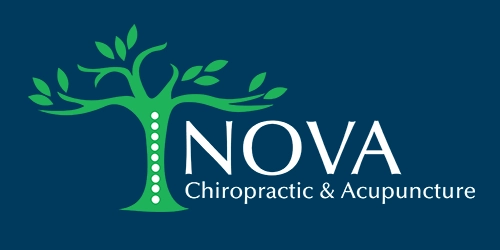NOVA Chiropractic & Acupuncture Blog
Chiropractor in Burke VA Talks About Headaches
Chiropractor In Burke VA Talks About Headaches Burke VA chiropractors specialize in treating headaches caused by stress or poor posture called cervicogenic headaches. Burke VA chiropractors use effective therapies such as nutritional advice, gentle spinal corrections, and postural therapy to rehabilitate patients. Diagnosis in Burke VA In order to be able to fully diagnose a…
Chiropractor in Burke VA Treats Back Pain
Chiropractor In Burke VA Treats Back Pain At NOVA Chiropractic & Acupuncture in Burke VA we seek to treat patients who struggle with muscle, nerve, and joint ailments. Treatment can often be as simple as our chiropractor non-invasively aligning your spine. However, treatment may require further rehabilitation to fully restore your health. Consulting a Burke…
Chiropractor in Burke VA Explains Child Backpacks
Chiropractor In Burke VA Explains Backpacks For Children Children turn into adults in the blink of an eye. As a result, their bodies are constantly growing as they face growing pains affecting their back and muscles. To ensure your children don’t start experiencing serious back pain or develop underlying conditions that will linger into adulthood…
Chiropractor in Burke VA Chiropractic Explains Herniated Discs
Chiropractor In Burke VA Explains Herniated Discs Chances are you probably have heard a number of different terms to describe injuries related to discs in the spine. However, the worst one by far to experience is a herniated disc. Luckily, you have a chiropractor in Burke VA who has the experience necessary to provide effective…
Chiropractor in Burke VA Can Help Sinus Issues
Chiropractic Care In Burke VA Can Help Sinus Issues The sinuses are hollow areas within your cranium that are dispersed throughout the forehead, the upper cheek, and the sides of your head that serve to facilitate your breathing. Chances are if you’ve faced an illness, you understand the stiffness associated with your sinuses becoming clogged,…
Chiropractor in Burke VA Explains the Importance of Health
Chiropractor in Burke VA Explains The Importance of Health People’s bodies are amazingly resilient and are able to heal themselves when their nervous and immune systems are working in tip-top conditions. Your chiropractor in Burke VA is able to adjust your spine carefully to ensure your neural pathways are working as they should so that…








